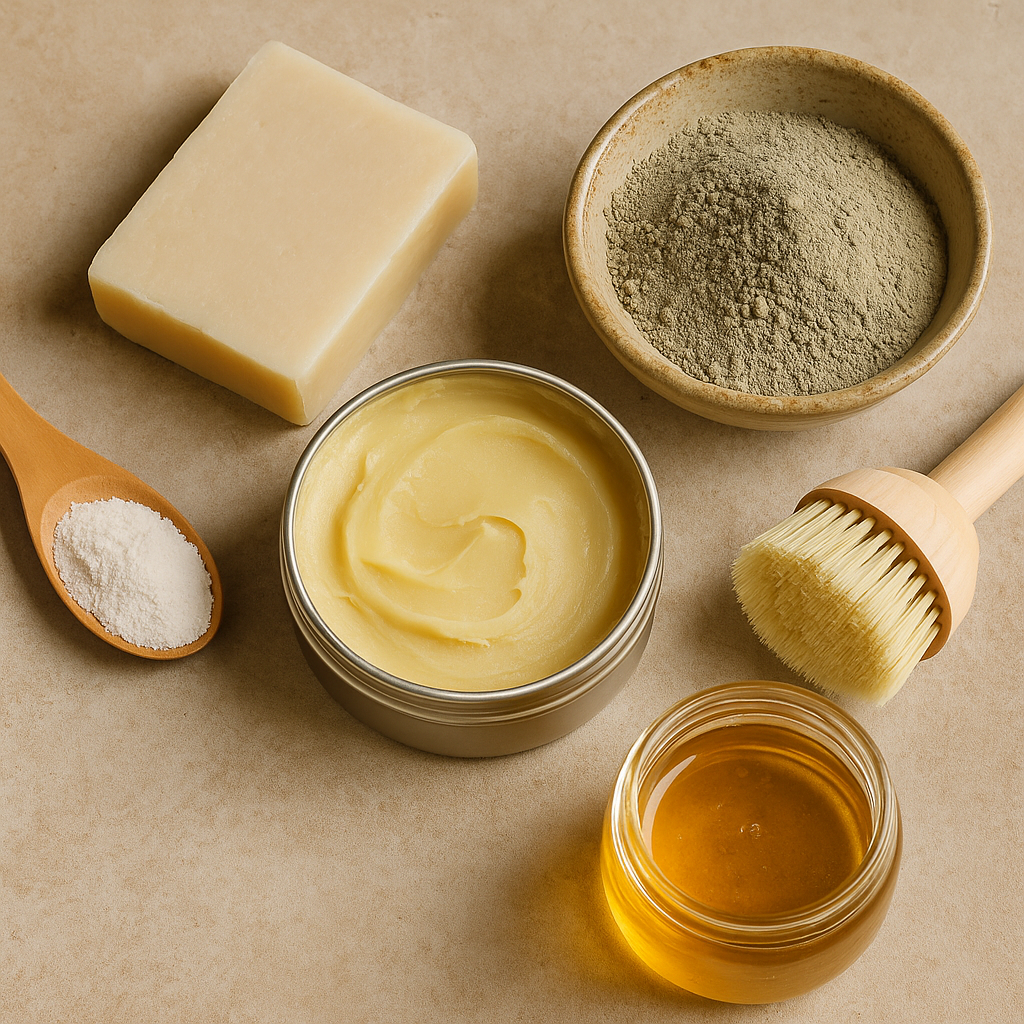Let’s ask the question that most people avoid:
If you wouldn’t eat it, why would you rub it all over your skin?
Your skin isn’t just a protective layer—it’s an organ. One that absorbs. Yet every day, most people lather on 100+ synthetic chemicals via lotions, soaps, deodorants, and makeup—without ever asking how it affects their biology.
The skincare industry doesn’t want to talk about this. They’d rather push peptide serums and lab-made “anti-aging” products than admit your skin probably just needs fat, minerals, and collagen.
It’s time to ditch the dermatology dogma and return to what worked for thousands of years.
Here’s what ancestral skincare actually looks like—grounded in logic, biology, and science.

1. Tallow Balm: Nature’s Moisturizer
Humans have used animal fat on their skin for millennia—because it works. Grass-fed beef tallow mimics the structure of human sebum, making it one of the most compatible moisturizers we can use. It’s naturally rich in vitamins A, D, E, and K—all essential for skin repair, cell signaling, and barrier health.
One study on fatty acids in skin lipids showed that saturated fats like those in tallow closely match what human skin needs for moisture and barrier function.
Contrast that with commercial moisturizers, which often rely on polyunsaturated seed oils that oxidize easily and disrupt skin homeostasis under UV exposure.
Tallow is ancestral skincare. Seed oils are shelf-stable filler.
2. Tallow or Clay-Based Soaps: Clean Without Stripping
Most soaps today are harsh surfactants disguised as skincare. They foam well, but they also destroy the skin’s acid mantle and natural oils.
Tallow-based soaps (or those made with bentonite clay) offer a far gentler cleanse. These mimic older forms of hygiene—basic fat + mineral + alkali = clean skin, no microbiome damage.
Modern detergents like sodium lauryl sulfate (SLS) have been linked to skin barrier dysfunction, especially with repeated exposure.
In other words, the thing you’re washing your face with might be why your skin stays irritated.
3. Magnesium-Based Deodorant: Because Sweat Isn’t the Problem
Antiperspirants use aluminum salts to clog your sweat glands. Sounds helpful… until you realize aluminum bioaccumulates and has shown endocrine-disrupting potential in cell and animal studies.
Magnesium, on the other hand, supports healthy detoxification and neutralizes odor without blocking natural function. And unlike baking soda-based formulas, it’s gentler on sensitive skin.
Is sweating unpleasant? Maybe. Is it dangerous? No. But absorbing aluminum into lymph-rich tissue near the breast might be.
4. Collagen: The Missing Link in Modern Skin Health
Collagen isn’t a trend—it’s a structural protein we’ve eaten for all of human history… until recently. Skin, tendons, ligaments, and bone broth were staples in every ancestral diet.
Studies show that daily collagen supplementation improves skin hydration, elasticity, and dermal density in women aged 35–65.
Rather than slathering hyaluronic acid on your face, try feeding your skin from the inside—nose-to-tail.
5. Honey + Clay Mask: Weekly Reset, Ancient Style
Raw honey is antimicrobial, antioxidant, and a humectant—it draws moisture into the skin. It’s been used as a wound healer for centuries. Bentonite or green clay adds a detoxifying element, binding to impurities while preserving the skin’s natural oils.
Modern studies support the use of honey and clay in treating inflammatory skin conditions without disrupting the microbiome.
It doesn’t tingle, it doesn’t foam, and it doesn’t need 16 ingredients to be effective.
What to Avoid (Seriously)
Your skin absorbs what you put on it. These are the biggest offenders in commercial skincare:
- Fragrance/parfum – almost always contains phthalates, which mimic estrogen and disrupt hormones
- Parabens – preservatives linked to endocrine disruption, shown to bind to estrogen receptors
- Oxybenzone – a common sunscreen ingredient with hormone-disrupting effects, banned in several countries
- Seed oils – pro-oxidative, inflammatory under UV light, and biologically inappropriate for topical use
- SLS/SLES – foaming agents that can damage the stratum corneum and increase skin permeability
Reading your skincare labels should be like reading your food labels: short, real, and pronounceable.
Final Word
The skincare industry makes billions convincing you that your skin needs modern chemicals to look healthy. But when you zoom out—and think ancestrally—you realize most of these products are solving problems they created.
Your skin wants simplicity. Nutrients, not chemicals. Fat, not fragrance. Real minerals, not fillers.
You don’t need a 10-step routine. You need to stop sabotaging your skin and start supporting it the way humans always have: with animal-based nourishment, detoxifying clays, and a little common sense.
Better Alternatives:
- Moisturizer: Paleo Santa Cruz Tallow Balm
- Cleanser: Tallow Soap
- Deodorant: Magnesium Deodorant
- Inside-out support: Heart & Soil Collagen
- Clay mask: Bentonite Detox Clay
Sources
- Downing, D. T., et al. “The composition of sebum.” J Invest Dermatol, 1986. Link
- De Leo, V., et al. “Oxidative stress and skin aging: harmful effects of PUFA-derived lipid peroxidation products.” Food Chem Toxicol, 2007.
- Ananthapadmanabhan, K. P., et al. “Cleansers and their role in various dermatological disorders.” Indian J Dermatol, 2013. PMC6533873
- Darbre, P. D. “Aluminium, antiperspirants and breast cancer.” J Inorg Biochem, 2005. PMC4828511
- Zague, V., et al. “Collagen peptides supplementation improves skin hydration, elasticity, and density.” J Cosmet Dermatol, 2019. PMC6835901
- Ahmed, M. E., et al. “Therapeutic potentials of clay minerals.” J Intercult Ethnopharmacol, 2017. PMC5664031
- Swan, S. H. “Phthalates and their impact on reproductive health.” Environ Health Perspect, 2005. PMC1241915
- Charles, A. K., et al. “Parabens and breast cancer.” J Appl Toxicol, 2012.
- Krause, M., et al. “Sunscreens: Are they beneficial for health?” Int J Environ Res Public Health, 2012. PMC6533872

Leave a Reply